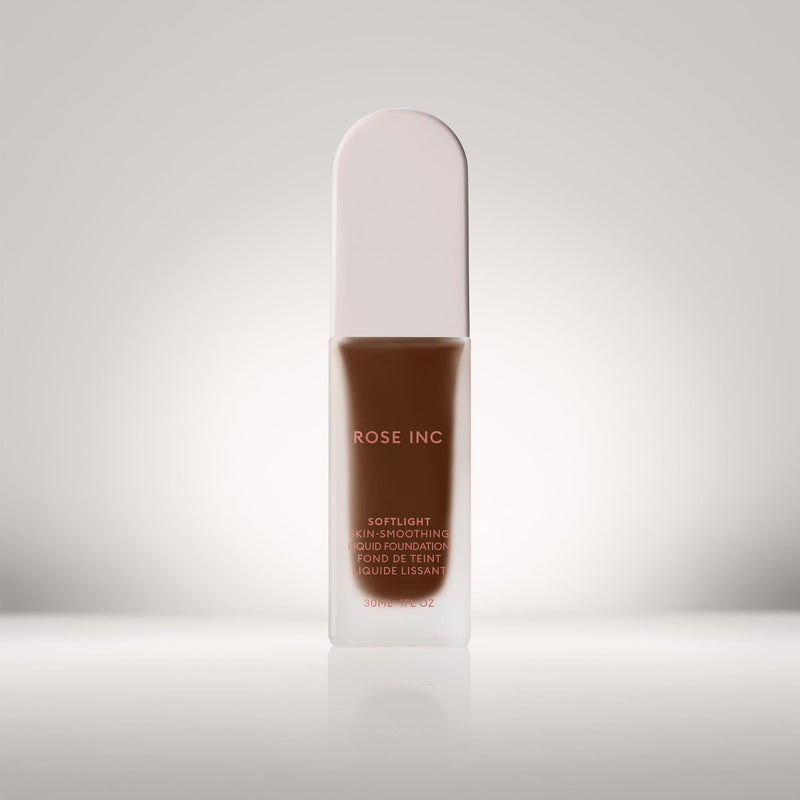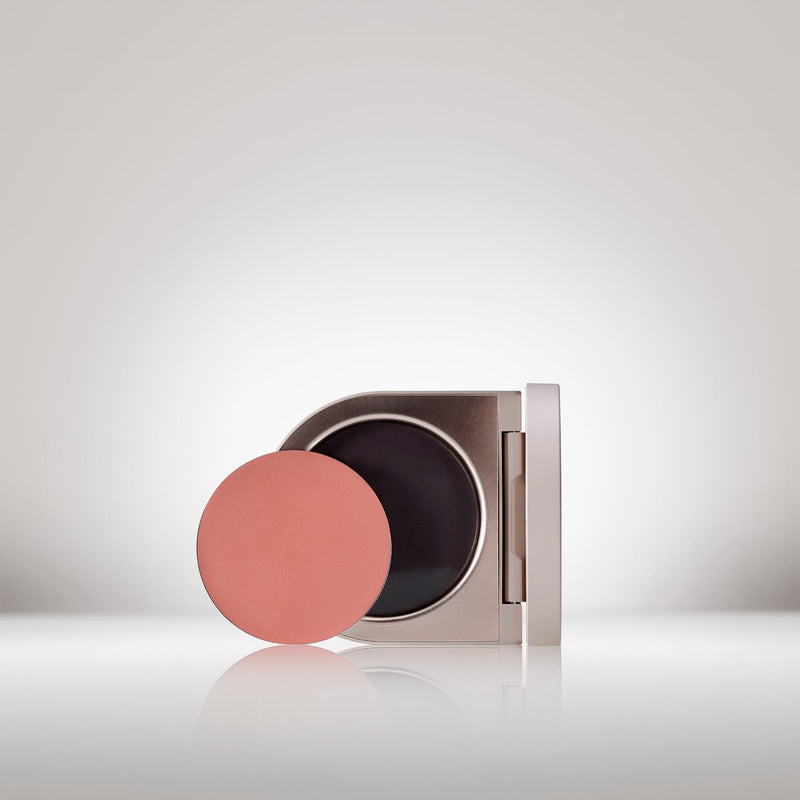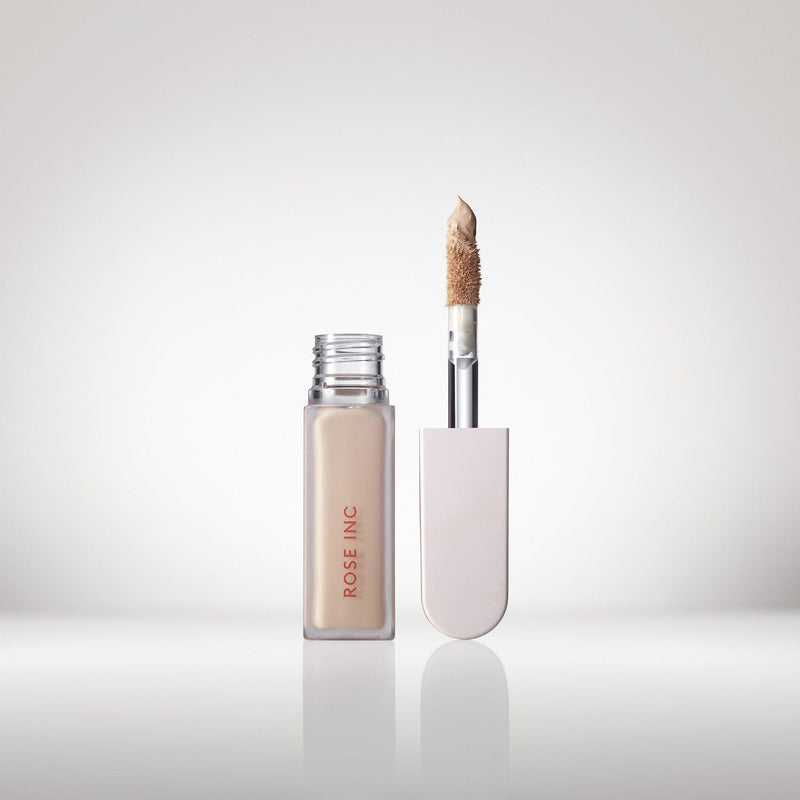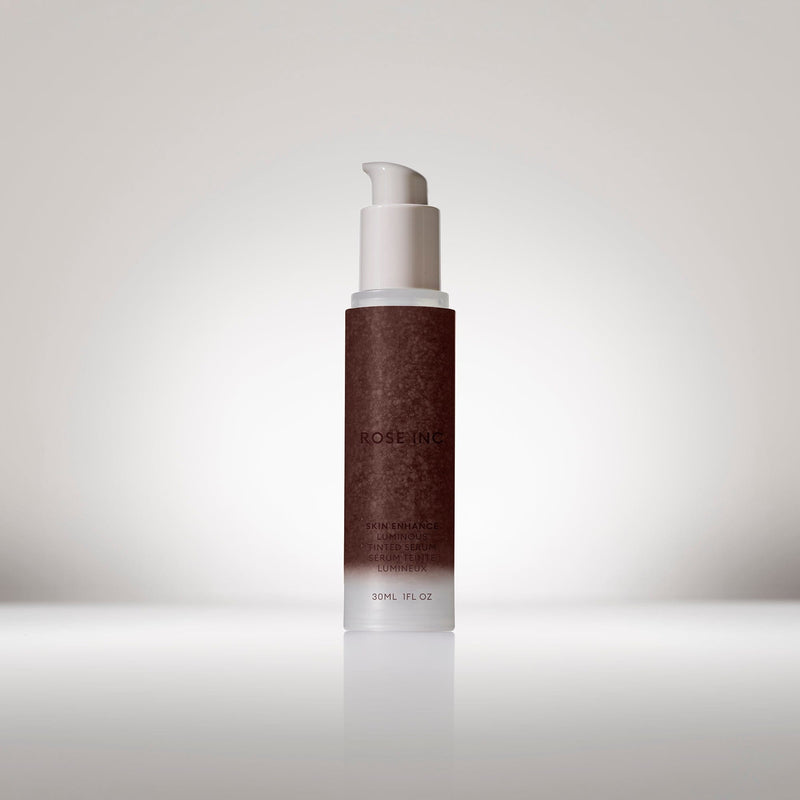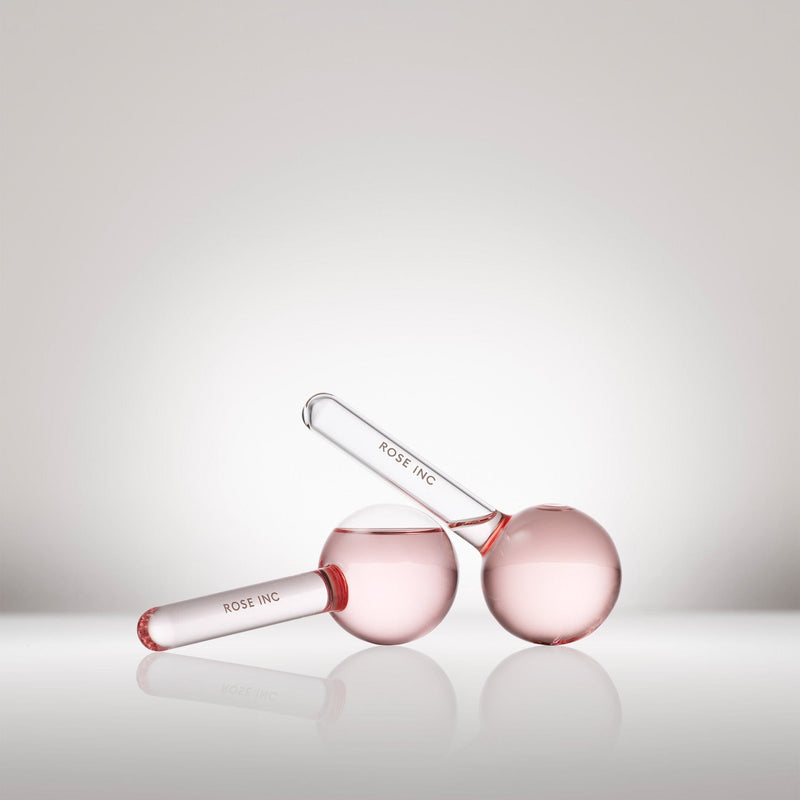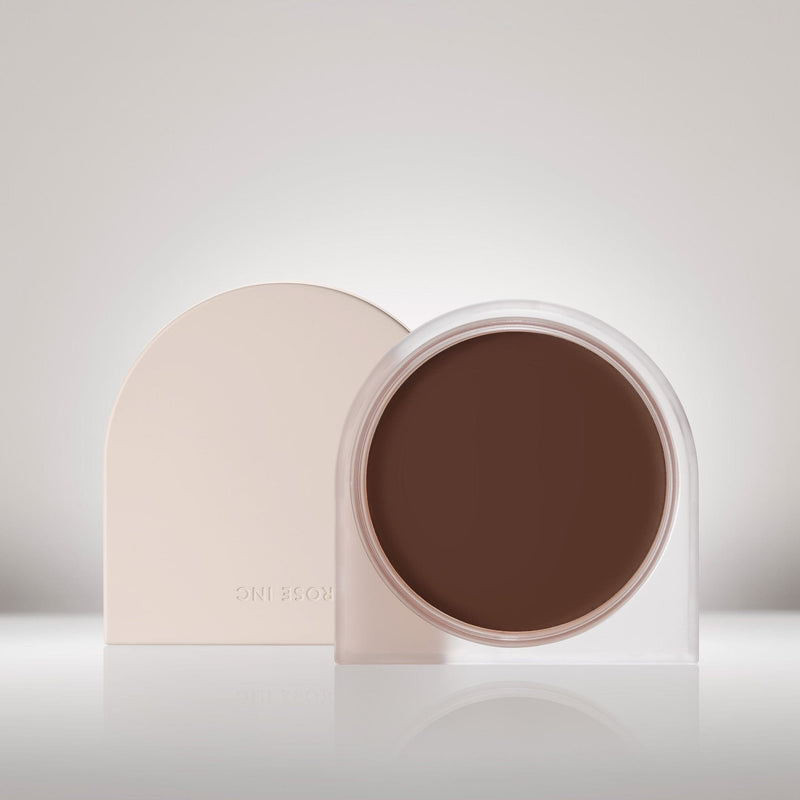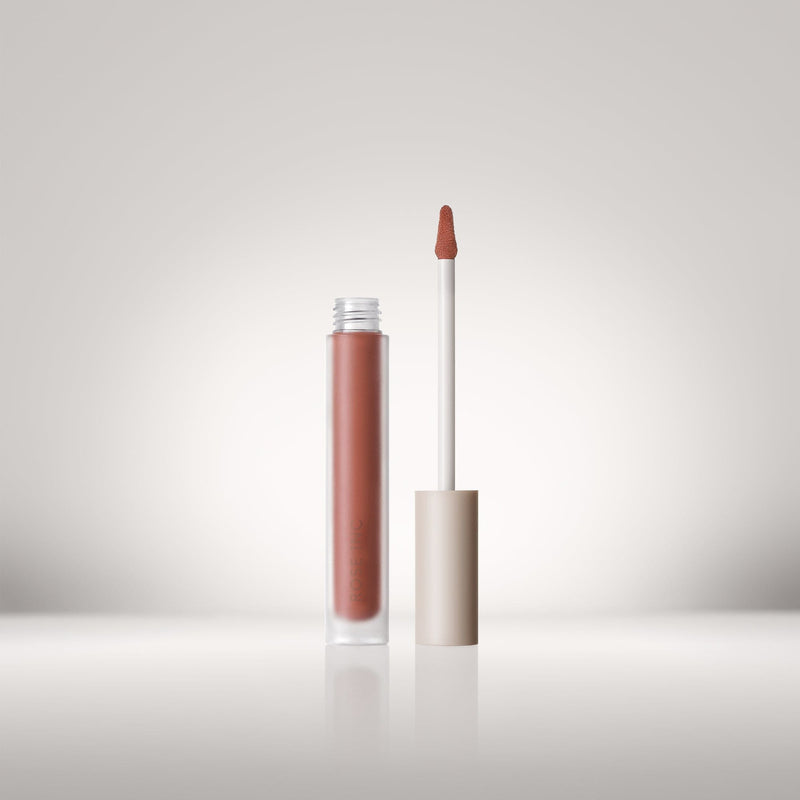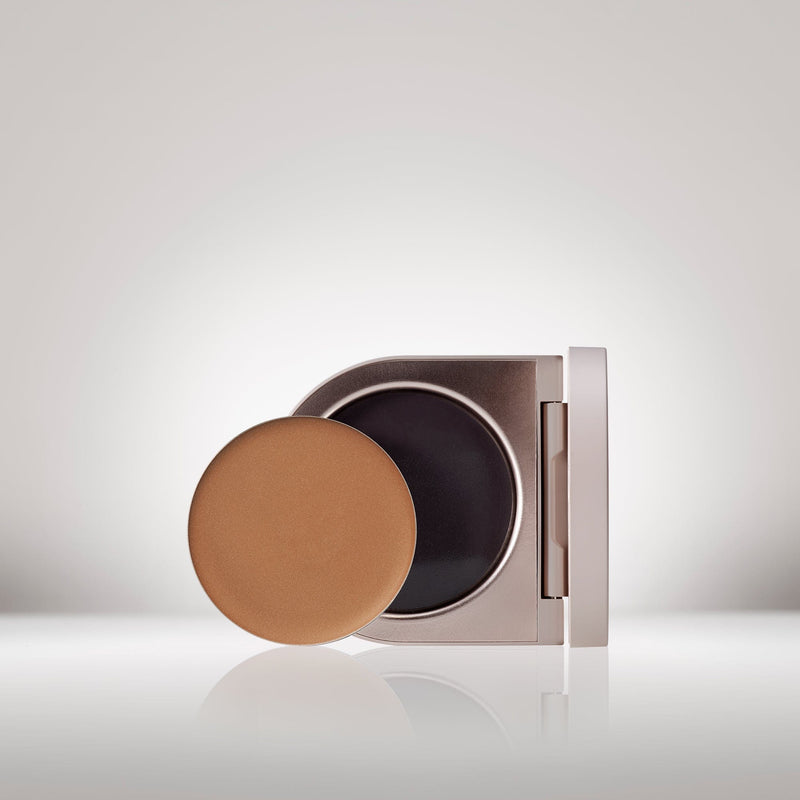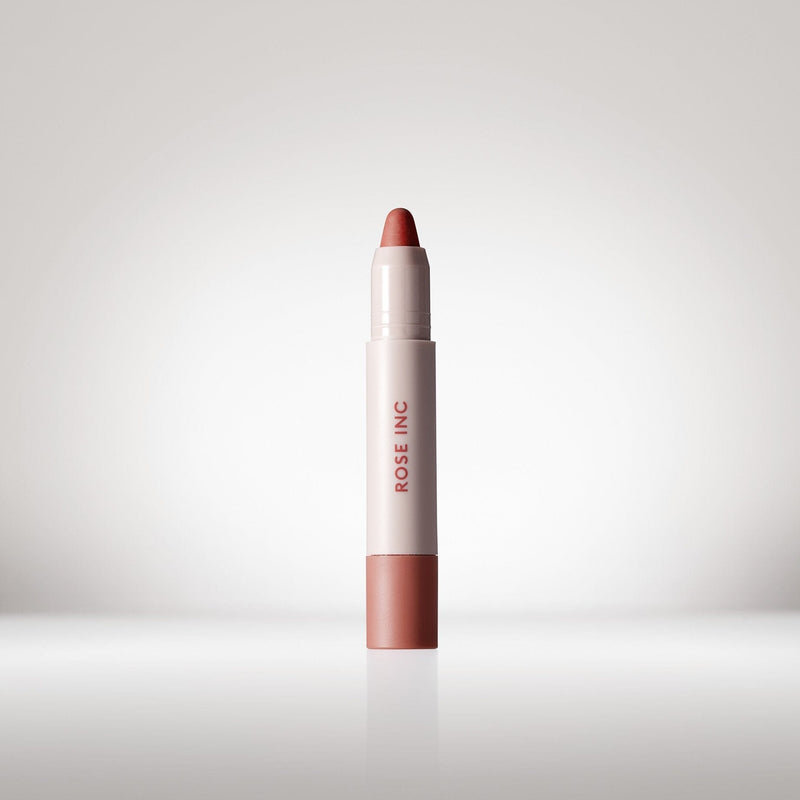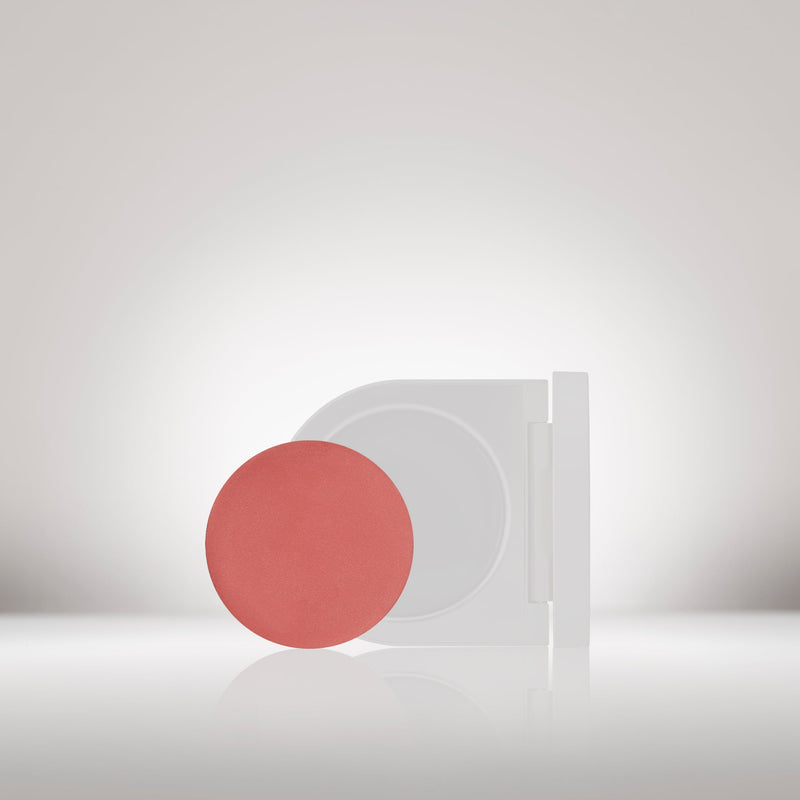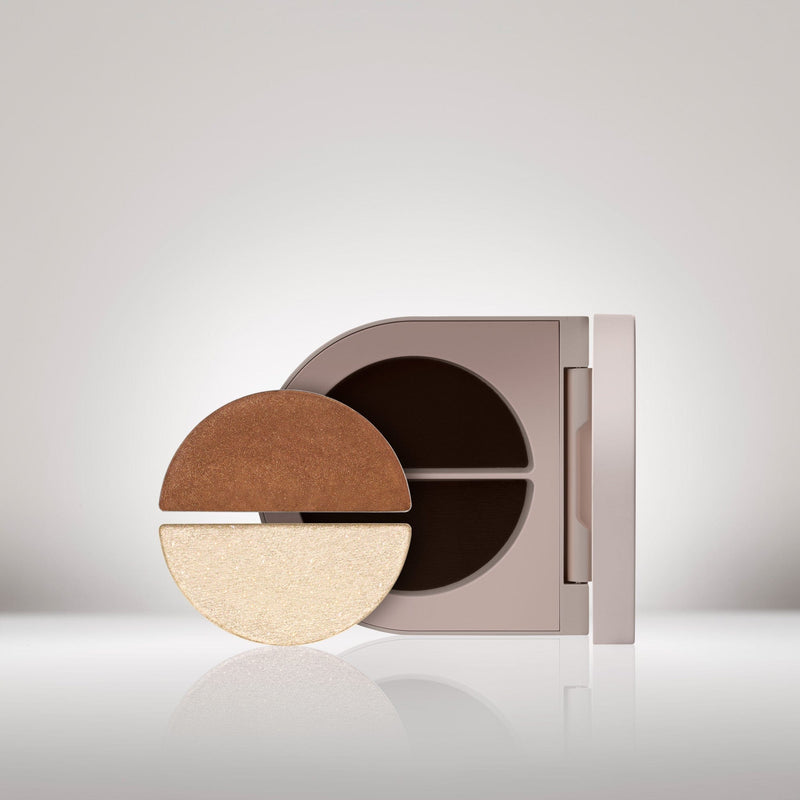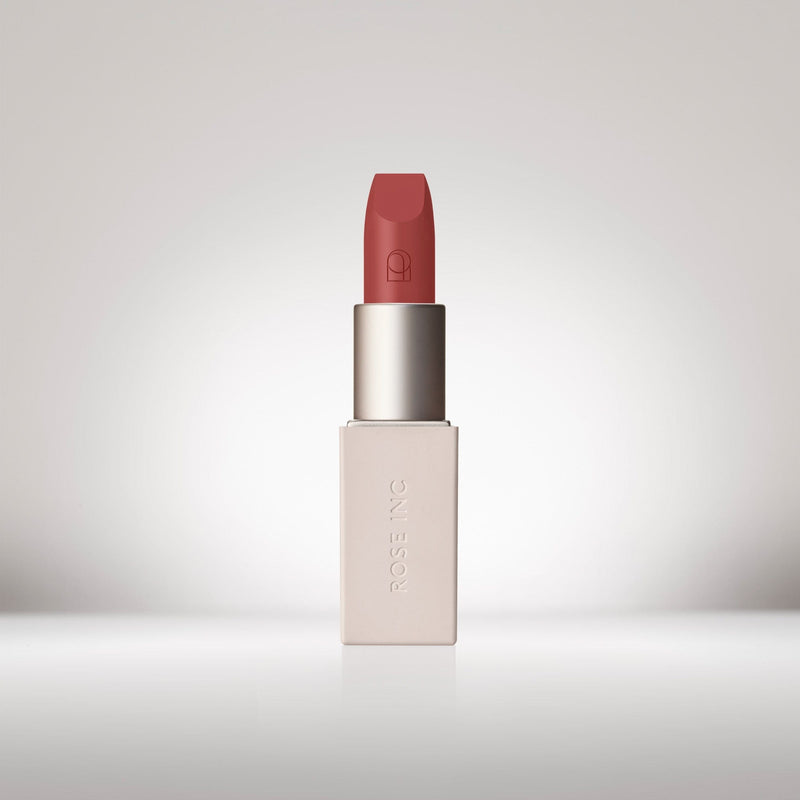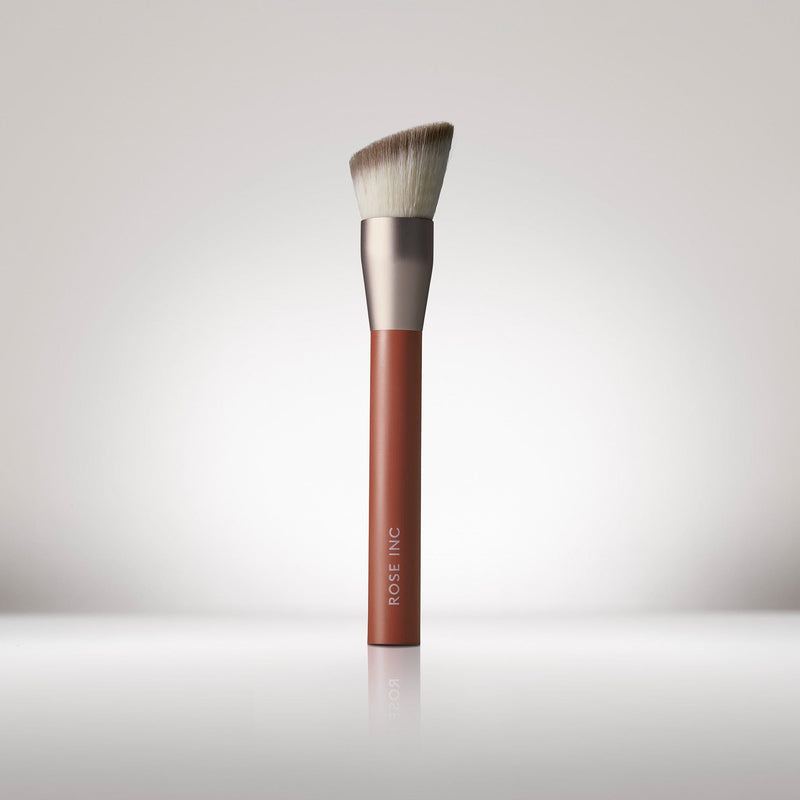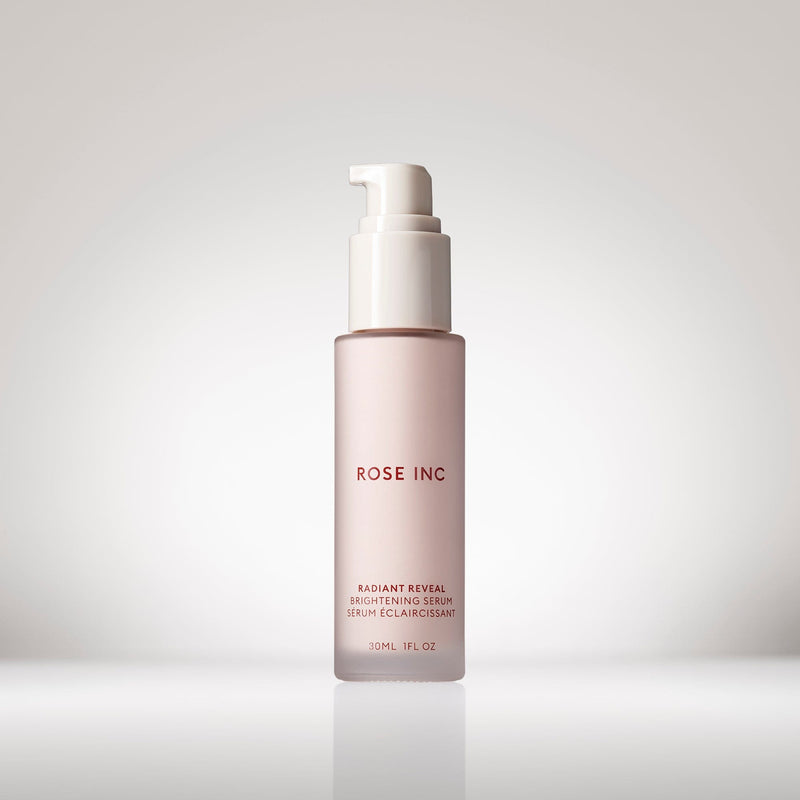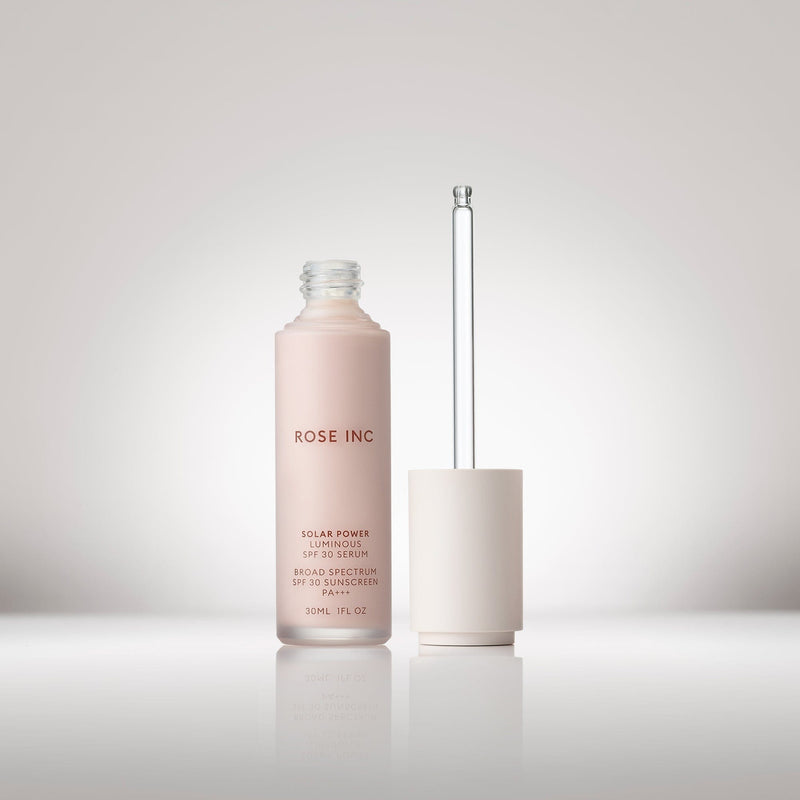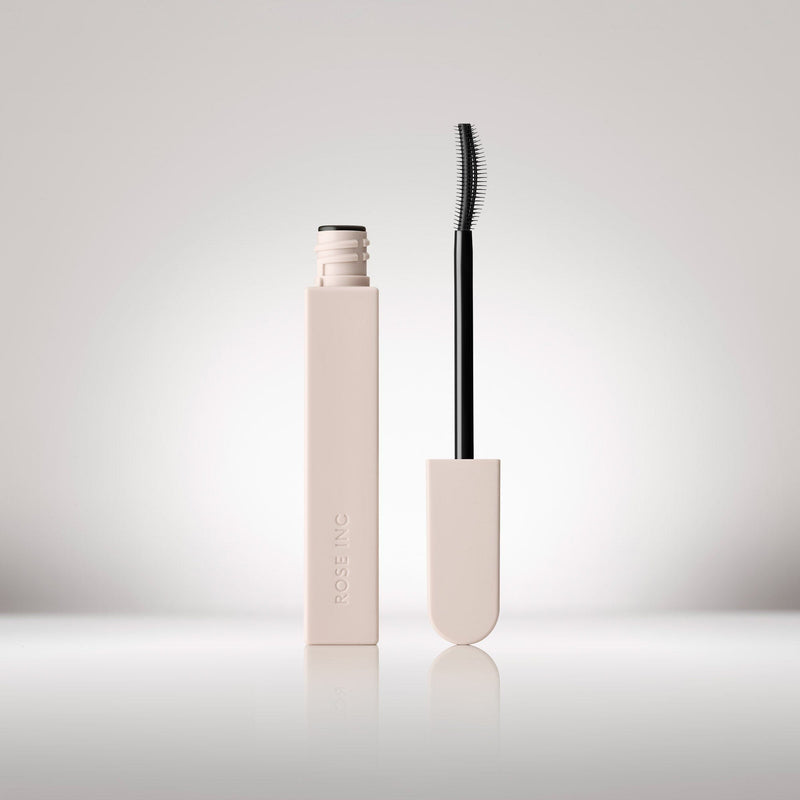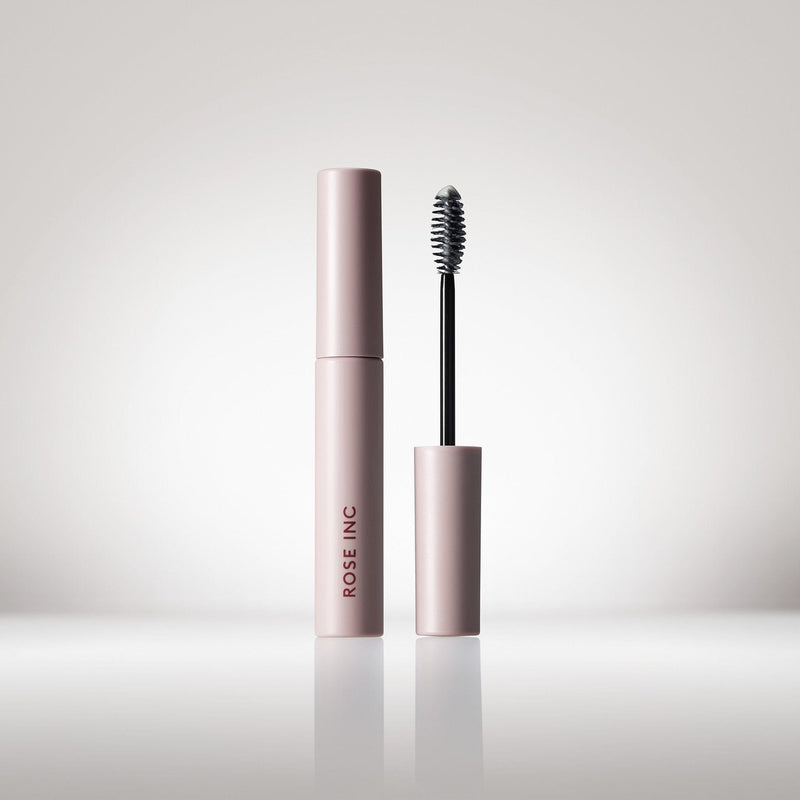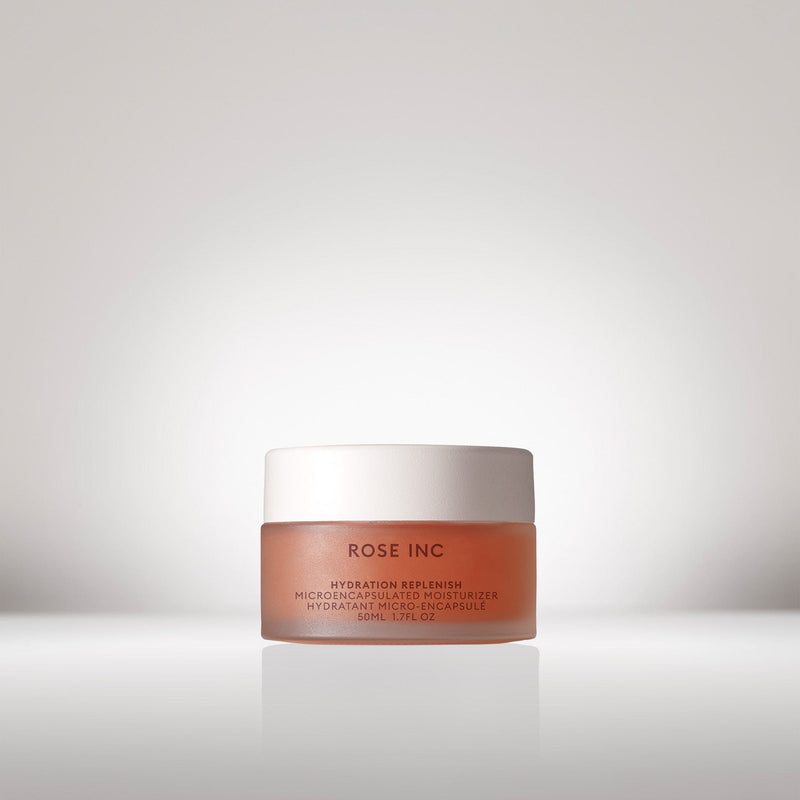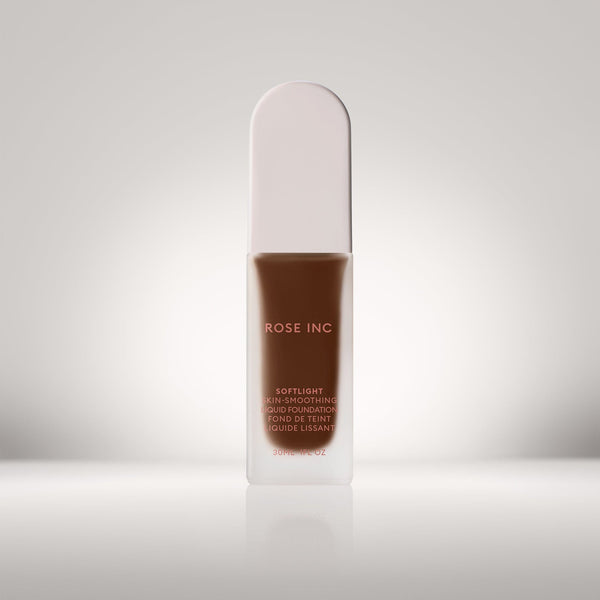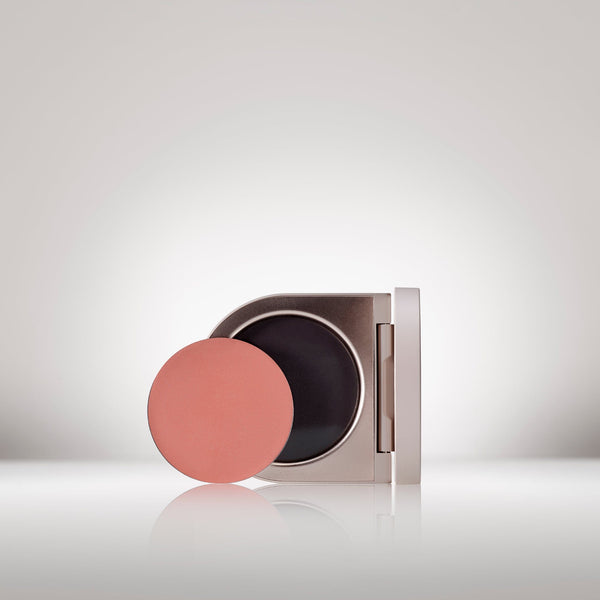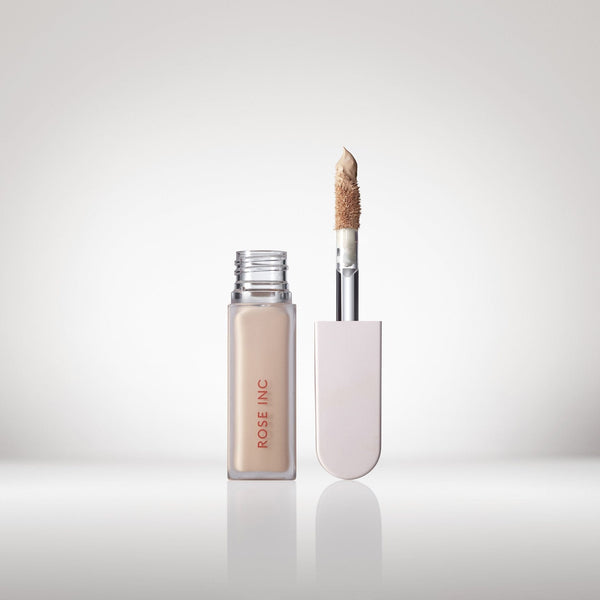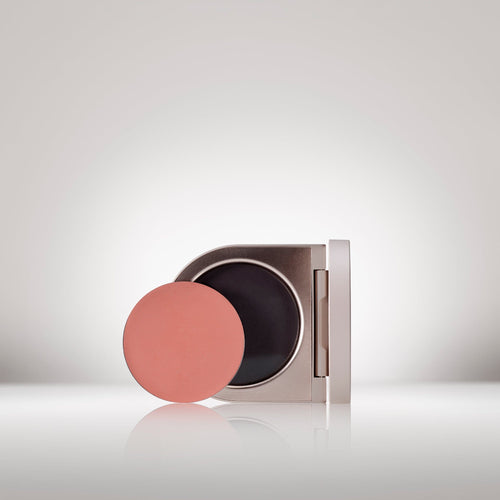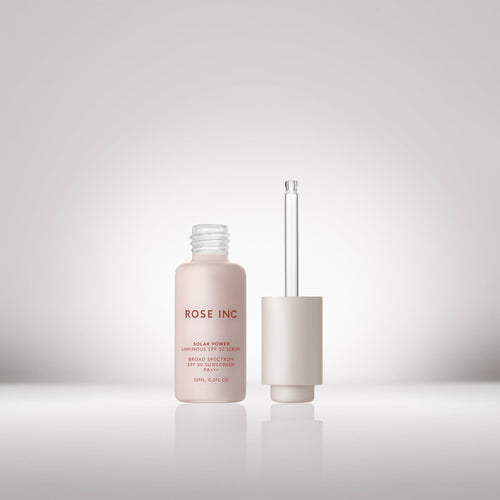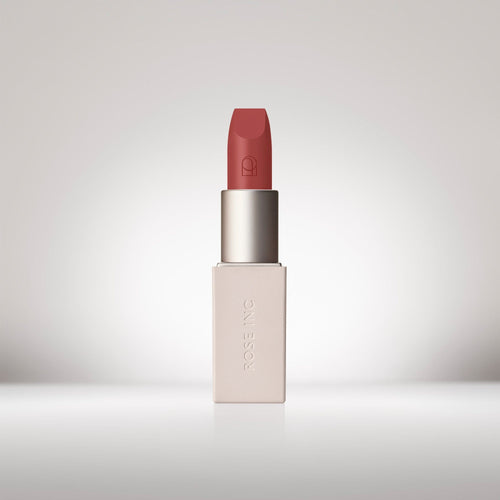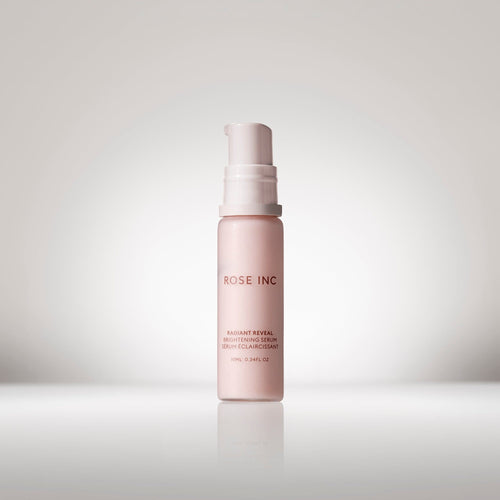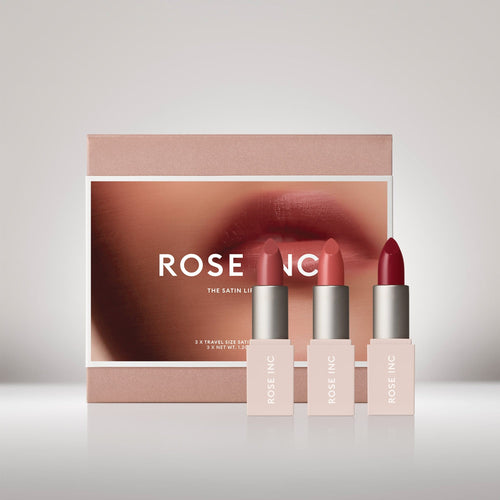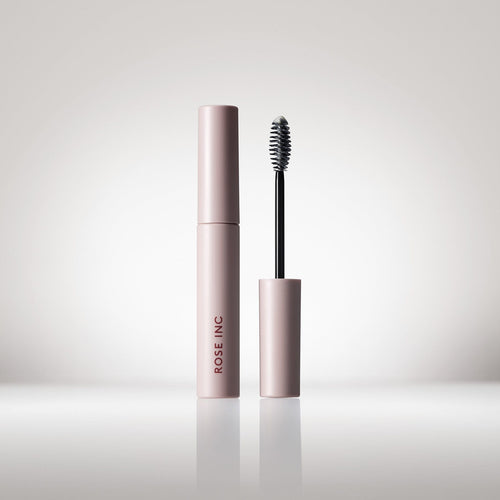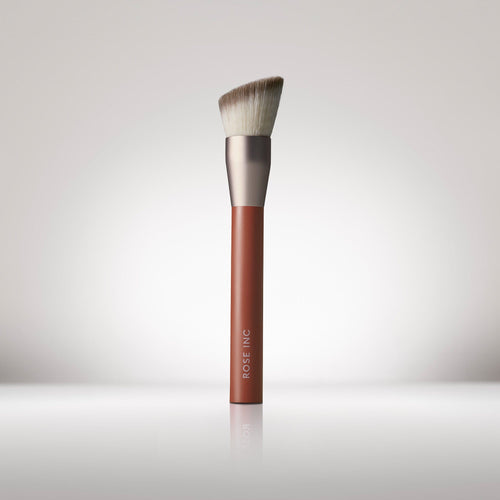Collections
Product Type
Filter
- SHOP
- EXPLORE
Collections
- Body Care
- New
- Bestsellers
- Sets
Product Type
- Makeup
- Skincare
- Brushes/Tools
- Travel
Filter
- By Benefit
-
-
Top Sellers
Shop all
About US
- OUR STORY
- INGREDIENTS
- SUSTAINABILITY
- RECYCLING GUIDE
Editorial
- New
- Profile
- Education
- Tutorial
- RHW SHORTLIST
Search By Category
Popular Searches
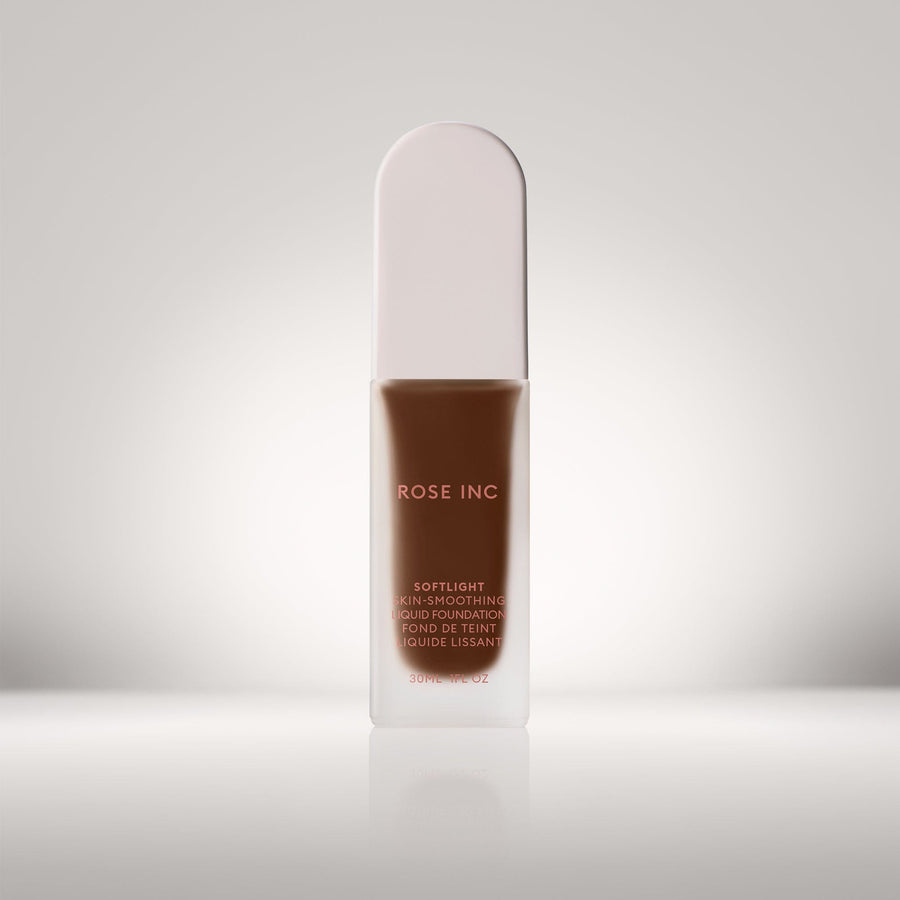
Softlight Skin-Smoothing Liquid Foundation
A medium-buildable foundation with a smooth, soft-matte finish.
31N
Deep with Neutral Undertone
30W
Deep with Warm Red Undertone
29N
Deep with Neutral Red Undertone
28W
Deep with Warm Golden Undertone
27C
Deep with Cool Red Undertone
26N
Deep with Cool Red Undertone
25W
Deep with Warm Golden Undertone
24W
Medium-Deep with Warm Olive Undertone
23C
Medium-Deep with Cool Pink Undertone
22N
Medium-Deep with Neutral Undertone
21W
Medium-Deep with Neutral Undertone
20N
Medium-Deep with Neutral Golden Undertone
19N
Medium-Deep with Neutral Undertone
18W
Medium-Deep with Warm Golden Undertone
17C
Medium with Cool Pink Undertone
16W
Medium with Warm Olive Undertone
15N
Medium with Neutral Golden Undertone
14W
Medium with Warm Peach Undertone
13N
Medium with Neutral Undertone
12C
Medium with Cool Neutral Undertone
11W
Medium with Warm Golden Undertone
10N
Light-Medium with Neutral Olive Undertone
9W
Light-Medium with Warm Peach Undertone
8N
Light with Neutral Undertone
7C
Light with Cool Pink Undertone
6W
Light with Warm Golden Undertone
5N
Light with Neutral Undertone
4W
Light with Warm Golden Undertone
3N
Fair with Neutral Undertone
2N
Fair with Neutral Olive Undertone
1C
Fair with Cool Pink Undertone
31N
Deep with Neutral Undertone
Softlight Skin-Smoothing Liquid Foundation
Medium Coverage, brightening, balancing

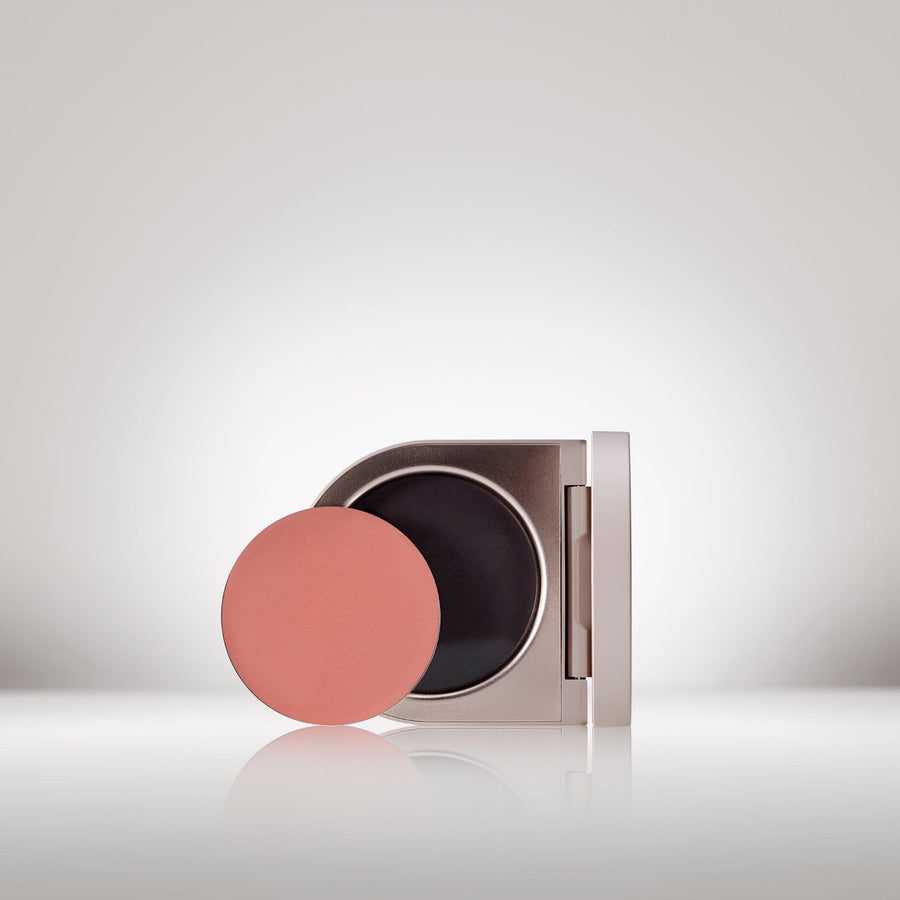
Cream Blush Refillable Cheek &
A hydrating cream that brightens and blurs with a radiant...
Hydrangea
Light cool pink
Wisteria
Coral pink
Anemone
Coral
Heliotrope
Apricot
Delphine
Muted peach
Daylily
Rich taupe
Foxglove
Warm terracotta
Ophelia
True pink
Camellia
Mauve
Hibiscus
Bright plum
Azalea
Berry
Dahlia
Deep berry
Hydrangea
Light cool pink
Cream Blush Refillable Cheek & Lip Color
Brightening, blurring and longwearing
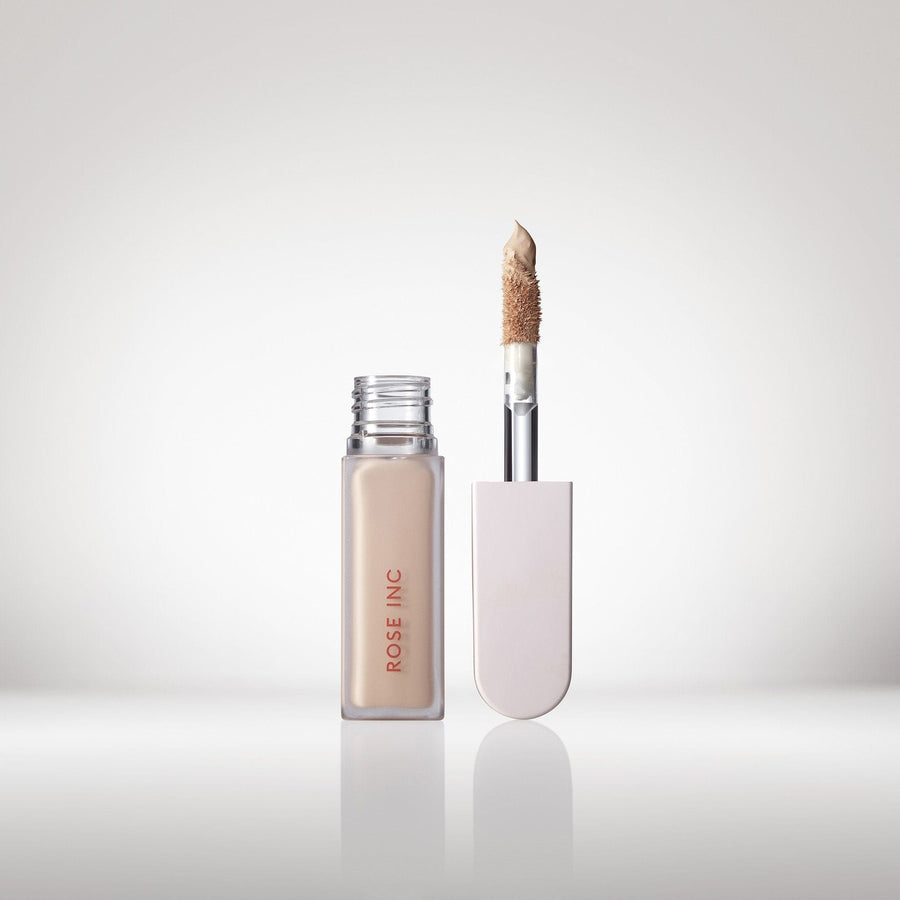
Softlight Luminous Hydrating Concealer
A does-it-all concealer that brightens, blurs and contours while nourishing...
LX 200
Very Deep Skin Tone, Neutral Undertone
LX 190
Very Deep Skin Tone, Cool Red Undertone
LX 180
Deep Skin Tone, Warm Neutral Undertone
LX 170
Deep Skin Tone, Golden Undertone
LX 160
Deep Skin Tone, Red Undertone
LX 150
Deep Skin Tone, Neutral Undertone
LX 140
Medium/Deep Skin Tone, Neutral Undertone
LX 130
Medium/Deep Skin Tone, Warm Golden Undertone
LX 120
Medium/Deep Skin Tone, Pink Undertone
LX 110
Medium/Deep Skin Tone, Golden Undertone
LX 100
Medium/Deep Skin Tone, Peach Undertone
LX 090
Medium Skin Tone, Olive Undertone
LX 080
Medium Skin Tone, Pink Undertone
LX 070
Medium Skin Tone, Golden Undertone
LX 060
Medium Skin Tone, Peach Undertone
LX 050
Light/Medium Skin Tone, Neutral Undertone
LX 040
Light/Medium Skin Tone, Golden Neutral Undertone
LX 030
Light Skin Tone, Pink Undertone
LX 020
Light Skin Tone, Peach Undertone
LX 010
Fair Skin Tone, Neutral Undertone
LX 200
Very Deep Skin Tone, Neutral Undertone
Softlight Luminous Hydrating Concealer
Medium coverage, brightening, blurring

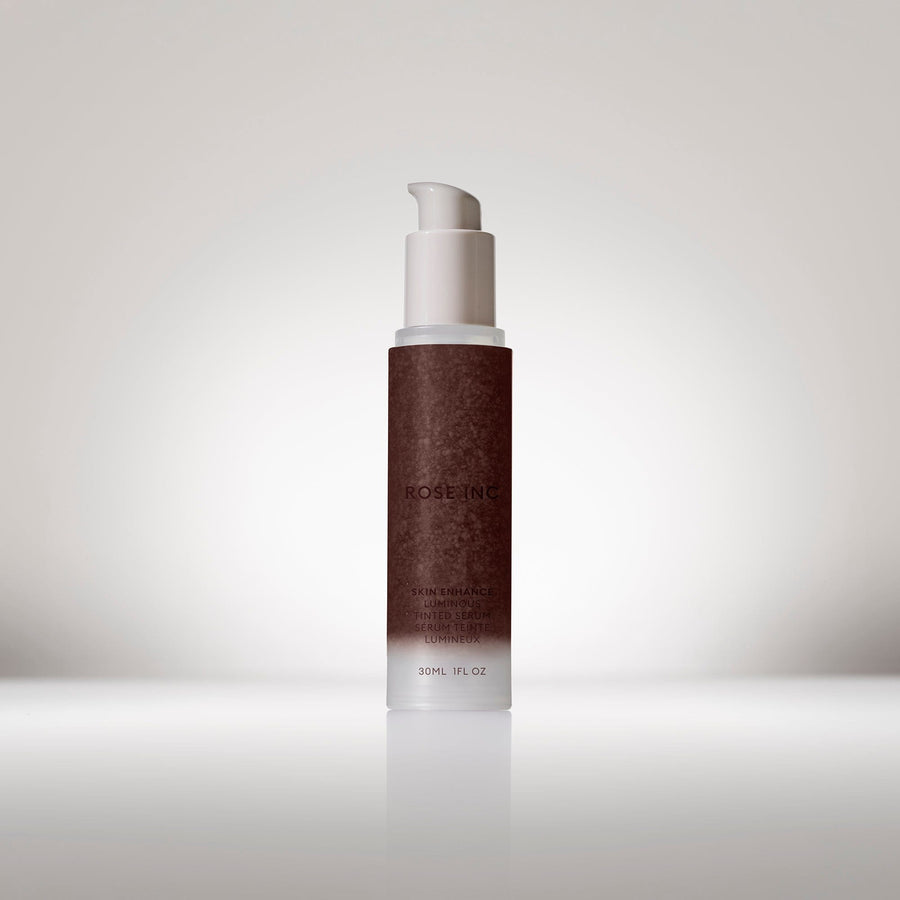
Skin Enhance Luminous Tinted Serum
A hydrating skin tint that delivers powerful skincare and sheer,...
140
Very Deep Skin Tone/Red Undertone
130
Deep Skin Tone/Neutral Undertone
120
Deep Skin Tone/Red Undertone
110
Deep Skin Tone/Golden Undertone
100
Medium Deep Skin Tone/Golden Undertone
090
Medium Deep Skin Tone/Olive Undertone
080
Medium Tan Skin Tone/ Peach Undertone
070
Medium Skin Tone/Peach Undertone
060
Medium Skin Tone/ Neutral Undertone
050
Medium Skin Tone/ Pink Undertone
040
Light to Medium Skin Tone/ Neutral Undertone
030
Light Skin Tone/ Warm Golden Undertone
020
Light Skin Tone/Warm Peach Undertone
010
Fair Skin Tone/ Cool Pink Undertone
140
Very Deep Skin Tone/Red Undertone
Skin Enhance Luminous Tinted Serum
Sheer Coverage, illuminating, hydrating
Search By Category
Popular Products
Categories
-
Education
A primer on essential beauty topics, from talc contamination to biodegradability.
-
Profile
Everybody has a story about beauty. Some of the world’s most intriguing people share theirs.
-
Tutorials
Expert beauty advice to inform and inspire.
-
A primer on essential beauty topics, from talc contamination to biodegradability.
-
Everybody has a story about beauty. Some of the world’s most intriguing people share theirs.
-
Expert beauty advice to inform and inspire.

Everything You Need to Know About the “Lipstick Effect”
EducationCanceled Netflix subscriptions. Less Doordash orders. Fewer vacations. These are some of the first things to go when personal budgets start to tighten. One might also think that, during an economic recession, beauty products wouldn’t be in high demand either. But in fact, the opposite is so true that there’s even a name for it: The Lipstick Effect. The trend was first identified in 1998 by economist Juliet Schor, but it was Leonard Lauder who coined it following Estée Lauder’s announcement that its lipstick sales had skyrocketed in 2001, despite economic recession.
This spending habit, during difficult times, is likely the case because beauty products, such as lipsticks, “make us feel good and happy,” Tufts University associate economics professor, Edward Kutsoati tells Rose Inc. “There are clearly strong emotional ties to the makeup category that stretch beyond physical appearance,” says Natalia Bambiza, director and beauty category analyst at NPD Market Research Group. In comparison to people who use makeup to just enhance their appearance, “64% of consumers ages 13 to 25 say they wear makeup for a confidence boost,” she says. Meanwhile, “30% of all makeup wearers say that makeup brings them joy.”
To better understand these spending habits, the meaning of the Lipstick Effect and its significance — and why you might feel compelled to give your own makeup kit a few upgrades when the economy takes a nosedive — we break down everything you need to know.

What is The Lipstick Effect?
The phenomenon was first identified in 1998 by economics and sociology professor Juliet Schor, author of The Overspent American. “She found when money is tight, women would splurge on luxury brand lipsticks that are used in public and forego higher-priced beauty products that are applied in the privacy of home, like facial cleansers and eye makeup,” wrote Forbes.com senior contributor Pamela N. Danziger. Why? “The thrill of buying in an expensive department store” creates “an escape from an otherwise drab everyday existence,” Schor wrote in her book.
Following the 9/11 attacks in New York City, retail demand for lipsticks jumped 11%, and during the 2008 financial crisis, Estee Lauder saw a similar uptick in sales. Kutsoati also points out that the term doesn’t just apply to makeup purchases in economic downturns; it encompasses the overarching tendency for individual consumers to buy less costly luxury goods when incomes fall,” he explains.
The Significance of The Terminology
“Suppose an individual enjoys ‘conspicuous consumption,’” in other words; flashy cars, nice clothes or jewelry, “but can no longer afford these in economic hard times, then they may decide to buy more low-cost luxury goods, that are easily displayable, to ‘keep up’ with their standards, if you will,” says Kutsoati. Cosmetics, for example, are affordable even in bad economic times. Plus, as we all know, there’s nothing like a swipe of red lipstick to lift our spirits and boost our confidence.
“There are clearly strong emotional ties to the makeup category that stretch beyond physical appearance.”

Lipstick And Makeup Sales During The Pandemic
For more proof of the Lipstick Effect, look no further than spending patterns in the early days of the COVID lockdown (remember all the at-home skincare gadgets and mask acne-fighting products we all splurged on?). Kutsoati notes that the Department of Commerce reported that the GDP shrunk in the first quarter of 2020; Amazon, however, “saw an increase in sales in beauty and personal-care categories compared with pre–COVID19,” he says. What’s more, Sephora reported close to 35% increase in US online sales in 2020 — stats that likely received a boost from those of us working remotely who needed to be camera- ready for all those video calls during lockdown. And according to Euromonitor, 2021 global beauty sales grew by 7% year-over-year and are now up to $530 billion. That rate is expected to continue through 2026. So, as world headlines continue to spell out doom and gloom for the foreseeable future, clearly our skincare and makeup splurges aren’t going anywhere anytime soon.
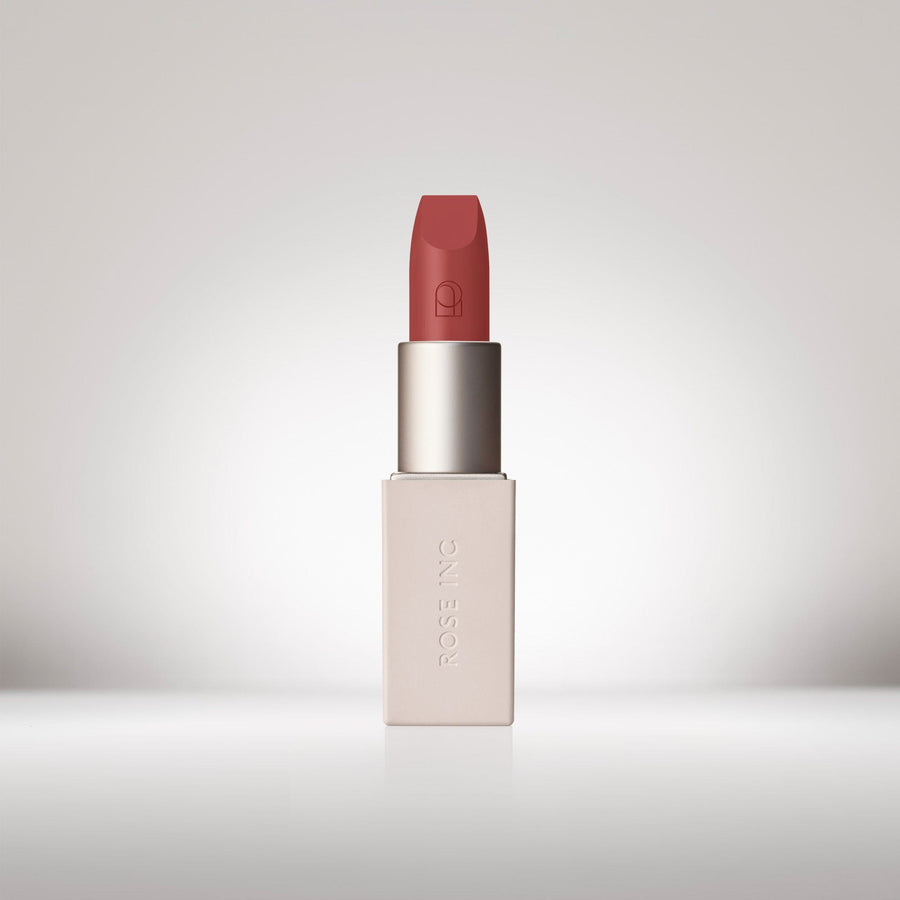
Satin Lip Color Rich Refillable
Creamy lipstick that plumps the lips while drenching delicate skin...
Besotted
Beige pink
Hypnotic
Sandy beige
Poetic
Muted coral
Enigmatic
Terracotta pink
Persuasive
Warm rose
Graceful
Golden brown
Poised
Deep brick
Demure
Cool blush
Intuitive
Deep mauve
Eloquent
Soft plum
Besotted
Beige pink
Satin Lip Color Rich Refillable Lipstick
Line-blurring, plumping and softening
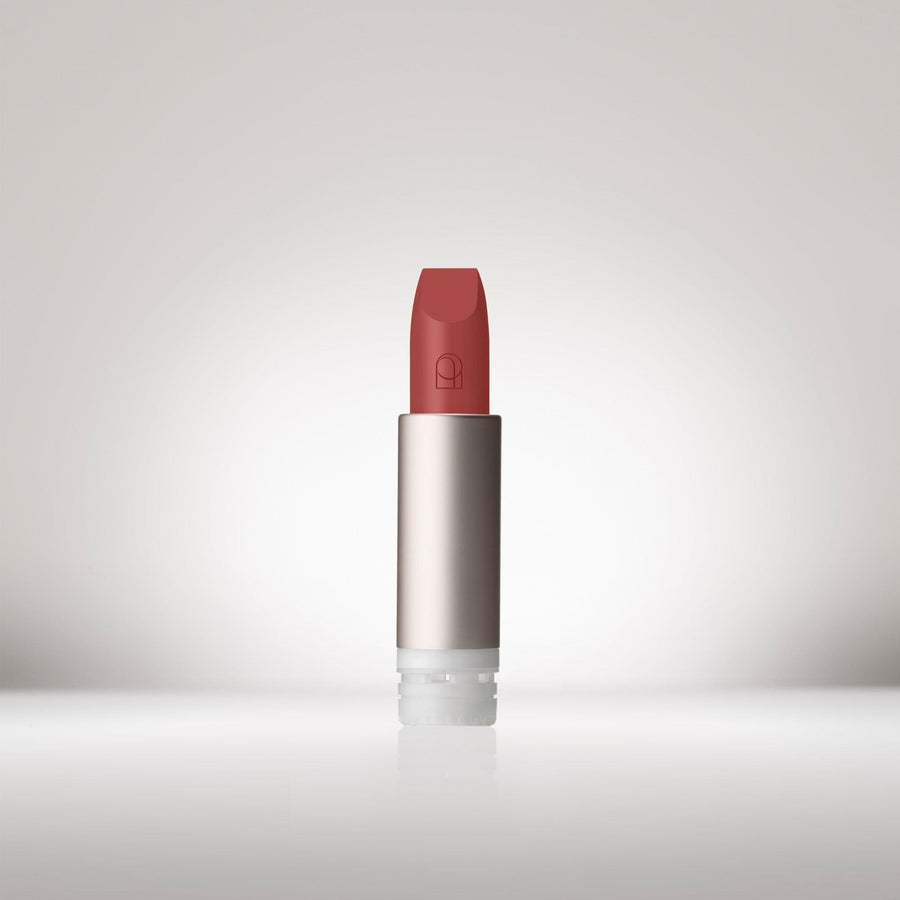
Satin Lip Color Rich Refillable
Creamy lipstick that plumps the lips while drenching delicate skin...
Besotted
Beige pink
Hypnotic
Sandy beige
Poetic
Muted coral
Enigmatic
Terracotta pink
Persuasive
Warm rose
Graceful
Golden brown
Poised
Deep brick
Demure
Cool blush
Intuitive
Deep mauve
Eloquent
Soft plum
Besotted
Beige pink
Satin Lip Color Rich Refillable Lipstick Refill
Line-blurring, plumping and softening



